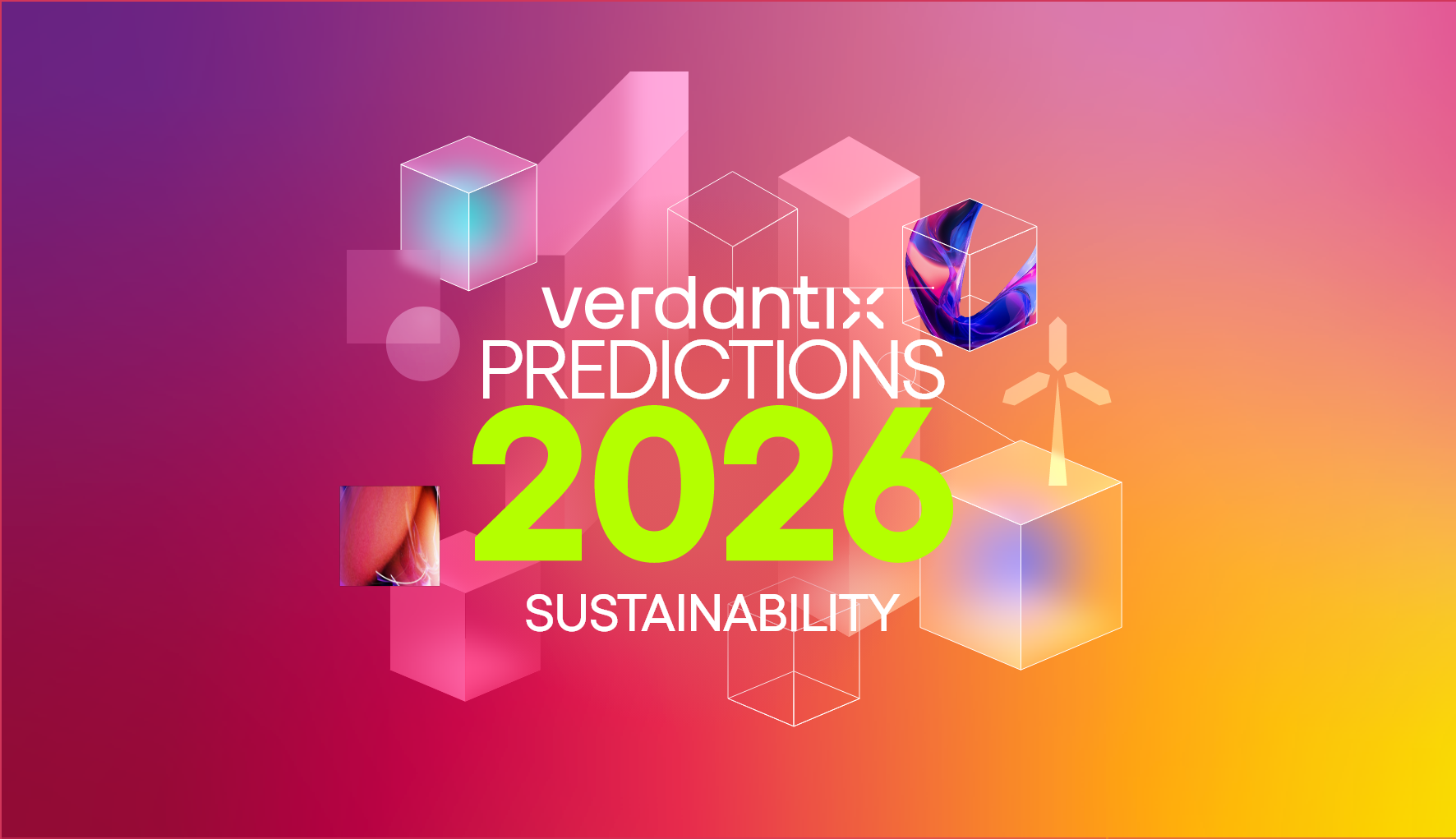Key ESG Reporting And Data Management Functionality For Investors
ESG investing is on the rise. Despite significant challenges – such as pockets of political resistance in the US, and the backdrop of an economic downturn – research published in October 2023 by Morningstar highlights an upward trajectory in the integration of ESG criteria into investment decisions. Furthermore, ESG investing has begun to take hold in private markets, where a historically strong focus on governance factors, has, until now, prevailed over ESG considerations.
For many investors, ESG disclosures fall outside of their core competencies. A recent report from the European Central Bank (ECB) found that banks in the EU are not yet meeting their full ESG reporting requirements, with only 6% of banks assessed as providing “broadly adequate” quantitative disclosures across all categories under review.
Against this backdrop, a growing number of investors are turning to ESG reporting and data management software to manage ESG workflows throughout the investment life cycle. In our recent market size and forecast report, we projected that financial services firms will increase spend on ESG reporting and data management software significantly – reaching $470 million in 2027. Spend in this segment is growing, in response to increasing stakeholder and regulatory pressure, greenwashing clampdowns, and concerns over data accuracy and reliability.
Investors are faced with an overwhelming number of options – ranging from well-established players, to new market entrants. As financial institutions invest in the necessary building blocks for an ESG information architecture, they should consider software with the functionality to:
- Comply with voluntary and mandated reporting requirements.
For the next three years, investors will continue to report in line with industry-recognized reporting frameworks such as the CDP, EDCI, GRI and PRI, alongside regulated ESG disclosures. Given the growing emphasis on interoperability, vendors are simplifying the process for complying with multiple different data requests through standards- and framework-mapping, to automatically populate data that are common across frameworks and thus avoid duplication of efforts.
- Create audits of record for the assurance of disclosures.
In response to evolving requirements for data auditability, vendors offer a range of tools designed to ensure the auditability of records within their platforms. Emerging ESG and sustainability disclosure regulations will call for investor-grade ESG data — which we define as automated, auditable, timely and accurate (for more information, see Verdantix Strategic Focus: Delivering Investor-Grade ESG Data). One key facet is the integration of granular role-based permissions management functionality, as well as user, time and activity logs, providing a transparent historic record of data inputs and modifications.
Alongside core software capabilities, investors should consider how software can be used as a management tool to improve sustainability performance and engage stakeholders. Functionality to visualize and manage portfolio ESG performance, particularly for investments with a longer time horizon, such as private equity, is emerging as an important purchasing criterion.
To gain a deeper understanding of vendor capabilities, keep an eye out in January for the upcoming Verdantix Smart Innovators report, which explores ESG reporting and data management software for investors.
About The Author

Luke Gowland
Senior Analyst

Lily Turnbull
Senior Analyst





